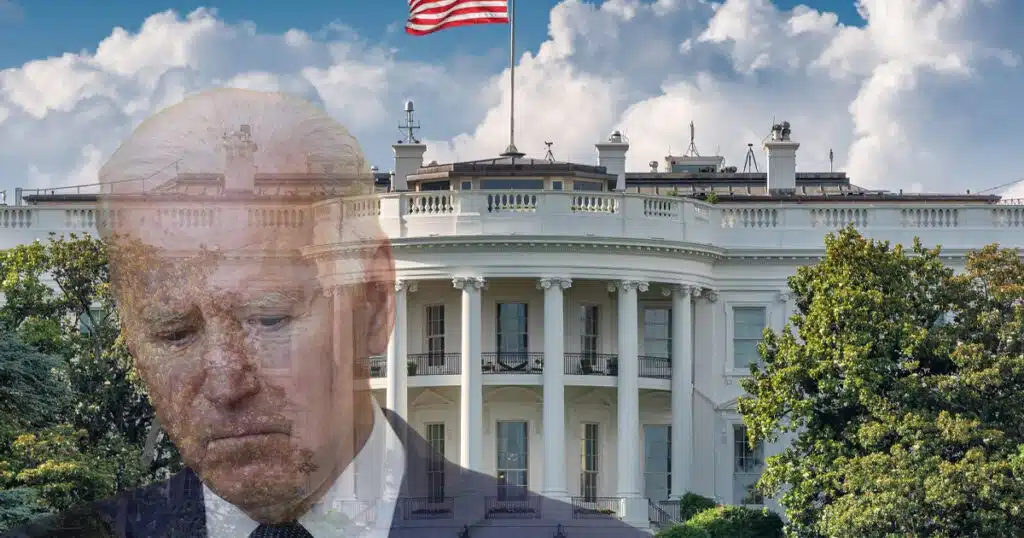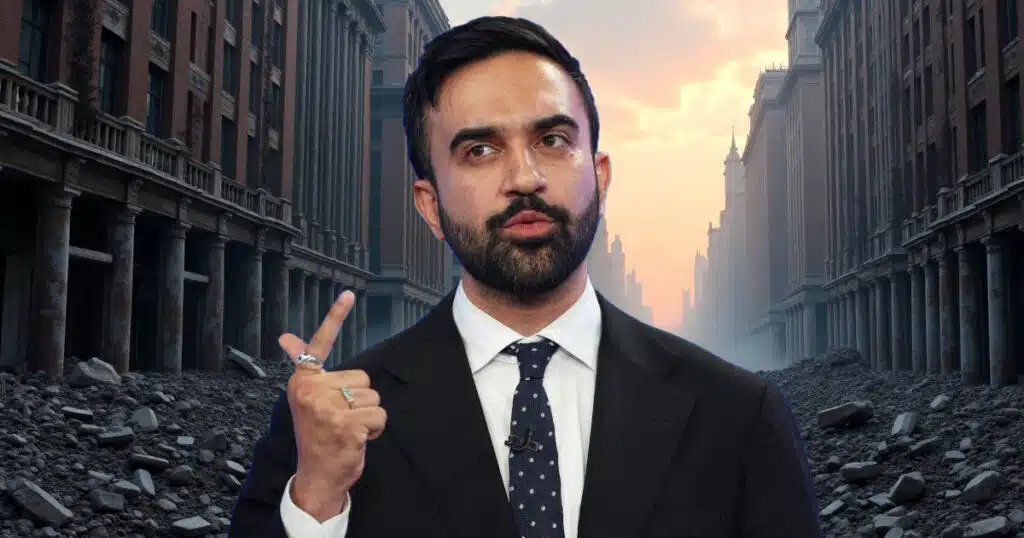
States Can Lead on Lowering Health Care Costs
While most of the health care debate is focused on fights over expanding federal government healthcare programs, a new Congressional Budget Office report on reducing what insurers pay for hospital physician services offers ideas for how states can reduce health care costs for their citizens by enacting supply side reforms that we already know work.
According to the CBO, one factor keeping insurer costs high is that “markets have become more concentrated than they would be otherwise because of barriers to entry.” Many of these barriers are imposed at the state level and range from limiting the number and type of providers in a particular area to requiring specific credentials to offer certain services.
What these barriers have in common is that they limit competition and patient access to care. Removing them would promote competition among providers and ultimately reduce costs.
States looking to reduce healthcare costs should focus on these four areas of reform identified by CBO: eliminating Certificate of Need and scope of practice laws, expanding the use of telehealth, and permitting doctors to work across state lines.
Certificate of Need (CON) laws require government permission before new providers can add or expand healthcare facilities or services in particular geographic area. In many cases, CON laws essentially confer monopoly status on existing facilities, which restricts patients’ options and keeps costs high.
The federal government enacted a CON law in 1974, but the law’s evident failure resulted in repeal in 1986. However, 35 states and the District of Columbia still have CON laws on their books. Repealing these laws would boost competition and lower costs.
While CON laws limit services, state scope of practice laws limit the ability of healthcare workers to provide care. Many states do not allow non-physician providers, such as advanced practice registered nurses and physician assistants, to practice to the full scope of their training. They must work under the supervision of a physician.
With a physician shortage is looming and 65 million Americans not having sufficient access to a health care provider, scope of practice limitations make no sense. As the CBO report states, eliminating these laws would “reduce prices on average.”
Telehealth has improved patient care with its effectiveness and efficiency. Patients can get treatment even in inclement weather and are less likely to cancel or postpone an appointment due to transportation issues. Health care providers can see more patients by minimizing the gap between appointments and without exposing themselves to an infected patient. Telehealth assures privacy and safety that no waiting or exam room can match.
While telehealth cannot always replace and face-to-face visits and is not appropriate for all services, it has improved patient care with its effectiveness and efficiency. Patients can get treatment even in inclement weather and are less likely to cancel or postpone an appointment due to transportation issues. Health care providers can see more patients by minimizing the gap between appointments and without exposing themselves to an infected patient. Telehealth assures privacy and safety that no waiting or exam room can match.
Many states have expanded the used of telehealth, but many only temporarily. New permanent laws promoting telehealth will give a boost to the industry and allow more people to experience its benefits. However, to get telehealth’s full benefit, states need the issue cross-state licensing of providers.
Expanding the use of telehealth alone will leave some health care savings on the table. To get the full benefit, states will need to adopt procedures that ensure an uncomplicated process for mutual credentialing of providers between states.
For example, suppose you live in one state but are seeing a specialist in another. While you can see the out-of-state specialist in-person, you could not see that same specialist over the internet from your home. Consulting a specialist should be effortless whether you are two towns or two time zones away.
These reforms should not be controversial. The Covid pandemic saw all 50 states suspend or waive some of these barriers to save lives. For instance, some 23 states temporarily expedited their CON approval processes or waived it.
Medicare’s decision to cover telehealth services prompted states to change their own policies and expand telehealth. And every state eased licensing rules. We all remember those doctors and nurses flooding into New York City to help. Well, New York had to waive licensing requirements to make that happen.
If certain laws and regulations don’t make sense when we’re dealing with a crisis, how do they make sense in normal times? Lives are at stake across our country every day – even when there is no crisis.
It is notable that these reforms were enacted not only quickly but safely. And although an important step in the right direction, these reforms should be part of a broader effort to dismantle the barriers that prevent patients from getting the care they need at a price they can afford.
It is literally a matter of life and death.
Dr. Marilyn M. Singleton is an anesthesiologist in Redondo Beach, California. She received her medical degree from University of California (San Francisco) School of Medicine and has been in practice for more than 20 years.
This article was originally published by RealClearHealth and made available via RealClearWire.



